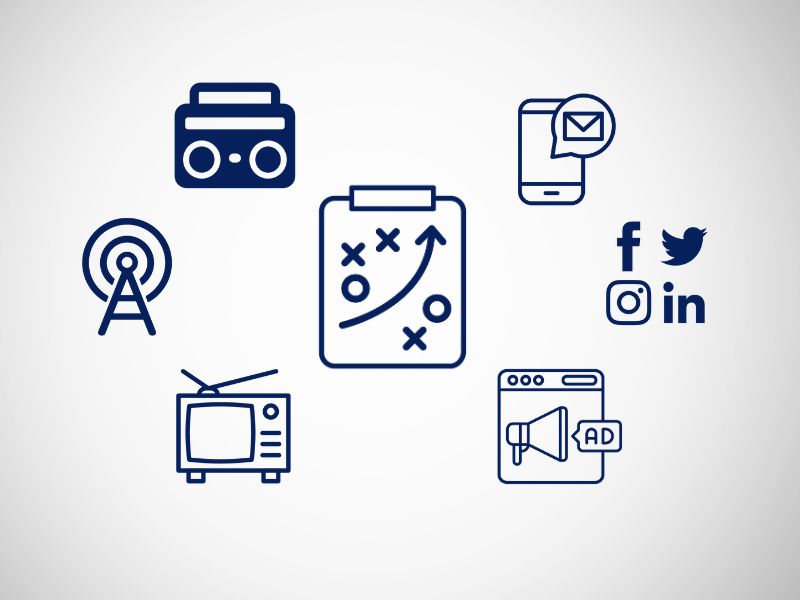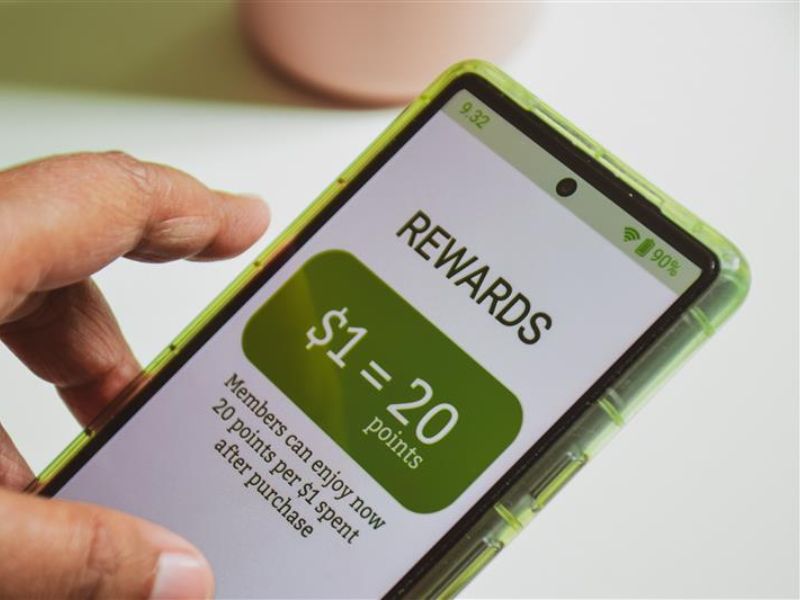
Why Brands Need to Tap Into Soccer Culture Now
.jpg)
Chances are, you're watching or reading this because you're a marketing professional who loves soccer or you're a marketer just trying to keep up with what’s shaping the marketing world.
I’ll be the first to tell you that soccer is not a sport I’ve always known a lot about. But lately, the World Cup chatter in our office has been impossible to miss. I may not know every club or chant, but I do know this: the 2026 World Cup is a big deal, and brands that care about culture should be paying close attention.
To dig deeper, I sat down with two of the biggest soccer fans (and media minds) I know: Bill Brassine, VP of Media, and Ryan Grant, Digital Media Associate. Their passion for the sport runs deep, both personally and professionally, and their insights are gold for any brand looking to break into the soccer space authentically.
Panel Discussion
Q: Let’s start with introductions. Tell us your roles at Brandience and your connection to soccer.
Bill: I’m VP of Media here at Brandience, where I’ve been for about 20 years. Soccer stuck with me from childhood. I played through high school, considered small-college ball, then pivoted to coaching. Today, I coach high school soccer in Northern Kentucky and stay active in the club scene, plus, my kids play, and one is pursuing a coaching minor in college.
Ryan: I'm Digital Media Association at Brandience. My parents encouraged me to try every sport. Soccer was the one I kept coming back to. I took a break during middle school, then returned in high school as a goalkeeper. My friends, same ones I played with as a kid, welcomed me back, helped me sharpen my skills, and we still play in a Sunday league. Soccer’s been a constant community in my life.
Q: Why should brands care about soccer fans right now?
Ryan: Soccer is always on. Between global leagues, international play, and local games, there’s always a match to watch. It’s easy to follow, and the fan passion is unmatched. Brands that connect with soccer fans genuinely can earn long-term loyalty.
Bill: It’s the fastest-growing youth sport in the U.S., and it’s a global cultural touchpoint. Families build schedules around matches. I’ve seen people get up at 3AM to watch their team play overseas. That kind of passion is a huge opportunity, but only if brands treat it with respect.
Q: Let’s talk tactics. How should brands show up in the soccer space?
Bill: Start at the grassroots level. That’s where passion is born. Sponsoring youth teams, using local radio during match broadcasts, or placing OOH near rec fields, it all builds trust over time. If you wait until the World Cup to jump in, you’ve already missed the buildup.
Ryan: Digital’s where we complement that. Soccer fans are dual screening, meaning they are watching on TV, scrolling Instagram, checking fantasy scores. We can geotarget fields, amplify local sponsorships online, or trigger ads around match highlights. It’s about hitting meaningful moments.
Q: What’s unique about media planning for soccer versus other sports?
Bill: Soccer doesn’t have commercial breaks like football or basketball, so you have to think differently. Halftime is your one big moment on TV. But more importantly, fans tune in early and stay engaged throughout, so pre-game and surrounding content becomes crucial.
Ryan: I’d add that fans follow teams across continents. One person might watch La Liga in the morning and MLS at night. That global behavior gives us a lot of options digitally from targeting based on interests to layering in language and cultural nuances.
Q: How can brands avoid coming across as inauthentic?
Ryan: Don’t repurpose a generic ad and expect it to land. Fans know when a brand is just cashing in. Speak their language. Show you understand the culture. And show up consistently, not just for big games.
Bill: Exactly. Authenticity means creating messaging that aligns with the sport’s energy. The brands that do it best aren’t interrupting the game, they’re part of it.
Q: Who’s doing it well?
Bill: New Balance has leaned into soccer-specific creative, even if it’s not the first brand you associate with the sport. Michelob Ultra’s ad with Messi debuted during the Super Bowl but now runs heavily during matches. It’s embedded in the experience.
Ryan: Budweiser’s campaign with Messi (sending personalized bottles to goalies he scored on) was clever and memorable. I also remember a mental health PSA in a stadium setting that was powerful. That kind of emotional tie-in makes a brand feel human.
Q: Final thoughts: what’s one piece of advice you’d give a brand wanting to win with soccer fans?
Bill: Use traditional media to show up early and often. Consistency breeds credibility.
Ryan: Be timely and targeted. Celebrate key moments with fans in a way that feels personal and real.
What Does This Mean for Marketers?
Whether it’s billboards near the rec field or a timely Instagram post when Messi scores, one thing’s clear: brands that act now will be the ones soccer fans remember in 2026 and beyond. For an even deeper dive into how brands can win with soccer’s rising influence, check out our full guide to soccer marketing strategy here.
Thanks again to Bill and Ryan for sharing their time, stories, and expertise.
Follow Brandience on LinkedIn for more insights, and don’t hesitate to connect with Bill and Ryan to keep the soccer (and strategy) talk going.


.jpg)

